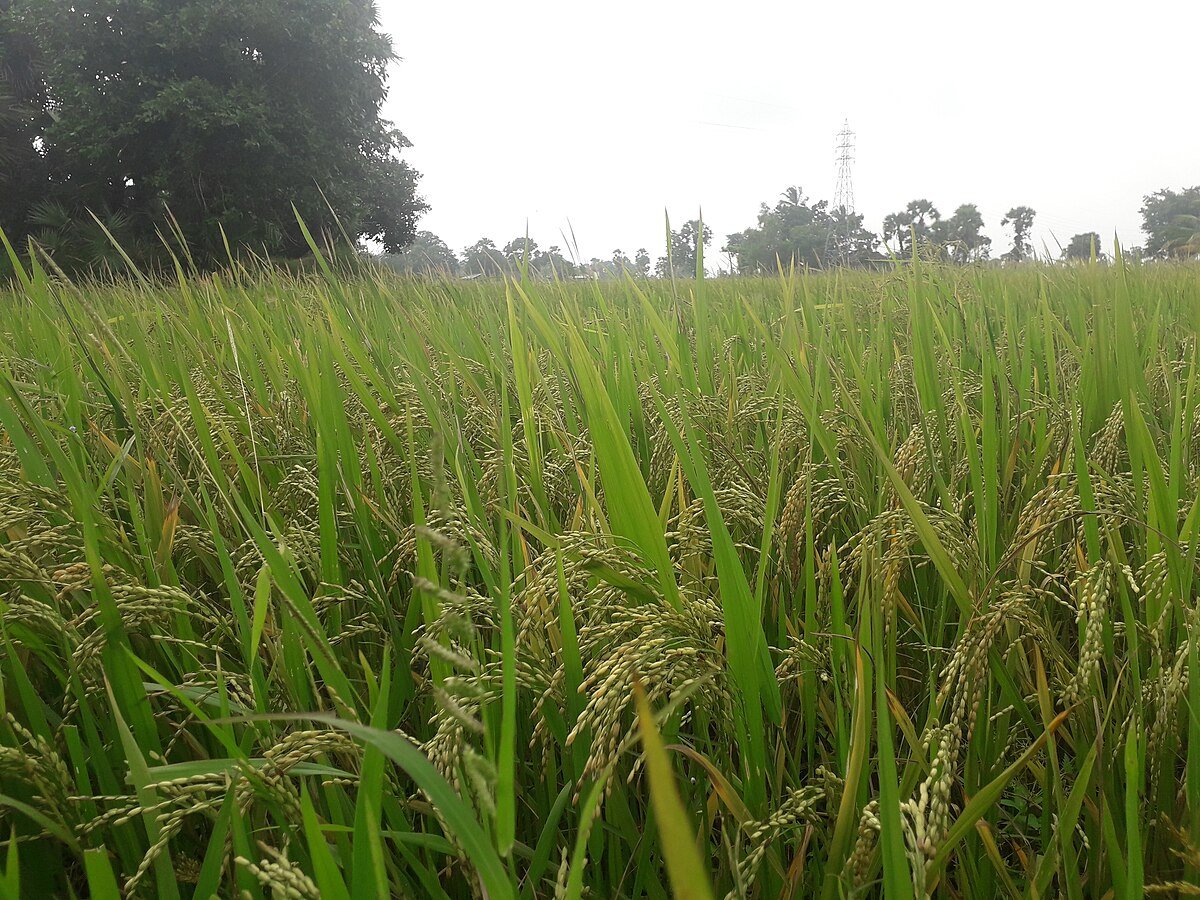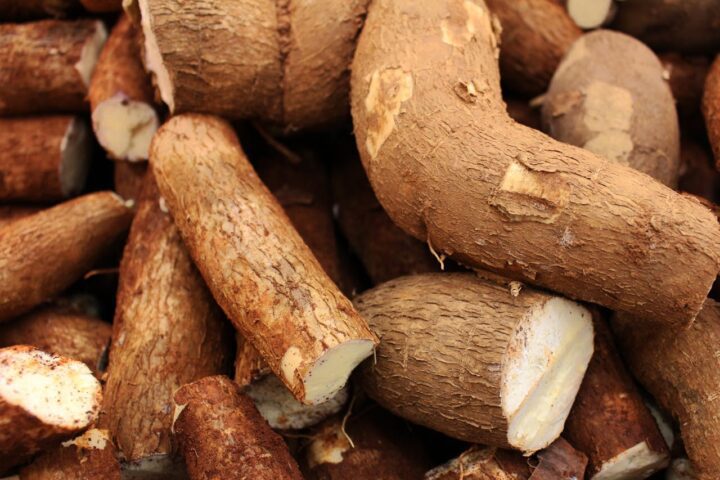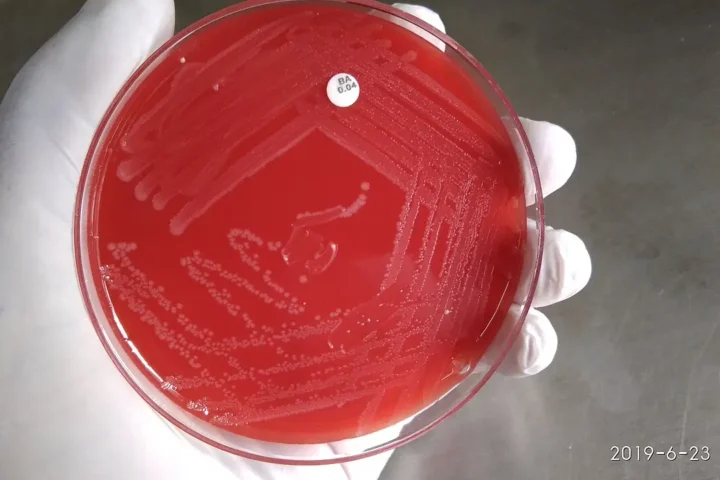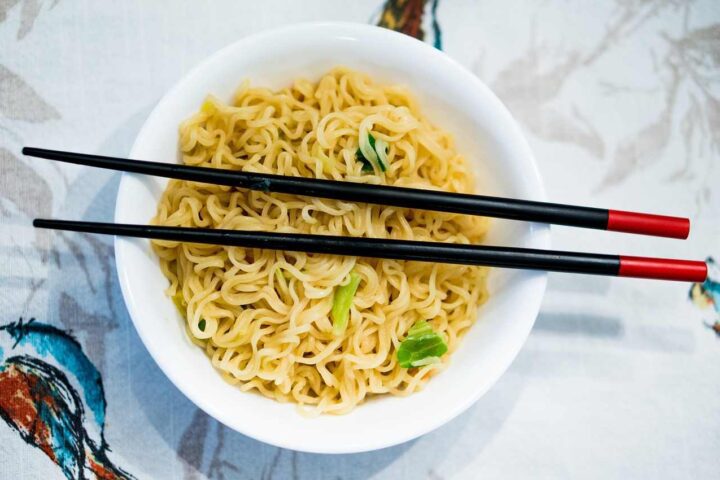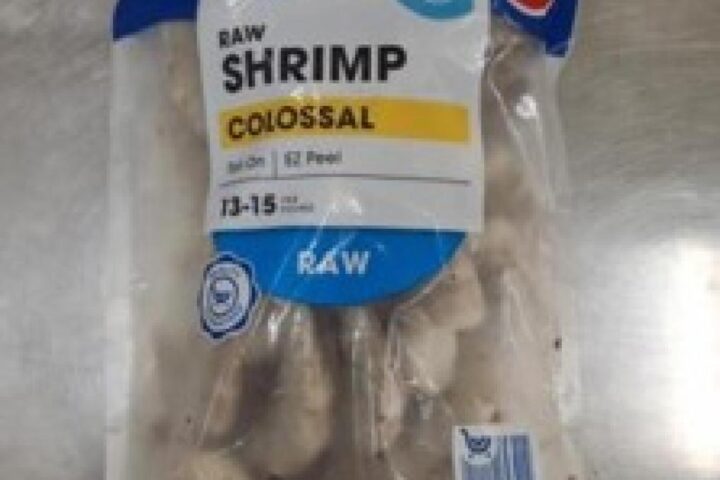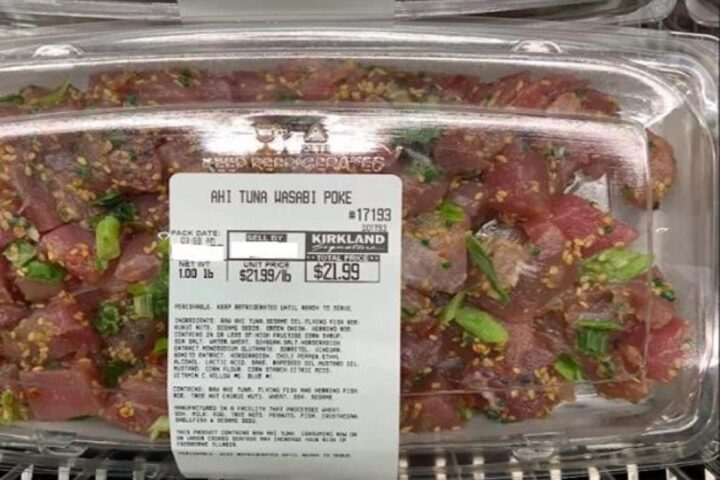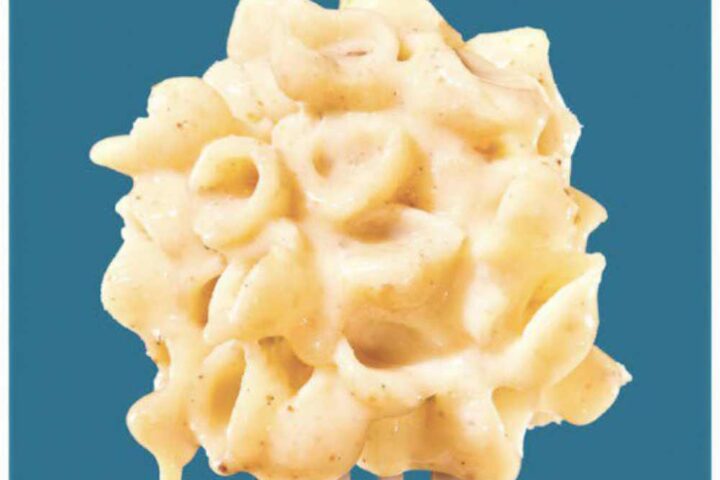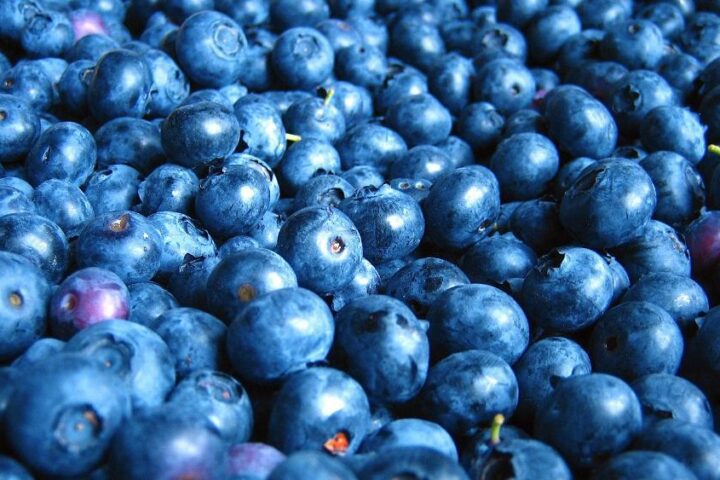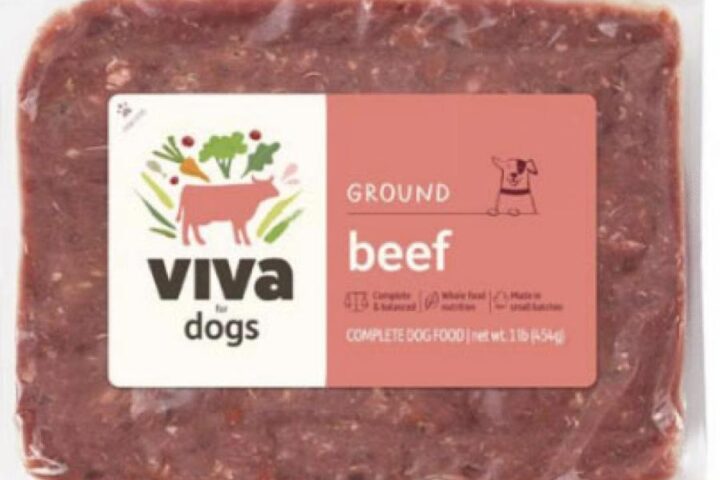Rice is a staple for billions worldwide, but a new report reveals every grain might carry unwanted passengers. A comprehensive study by Healthy Babies Bright Futures (HBBF) tested 145 rice samples from stores across 20 U.S. metropolitan areas and found arsenic in 100% of them. Yes, you read that right – every single sample.
But it doesn’t stop there. The report detected cadmium in virtually all samples (all but one), while lead appeared in 34% and mercury in 39% of samples tested. One in four samples exceeded the FDA’s 100 parts per billion (ppb) limit for arsenic in infant rice cereal – a standard that doesn’t even apply to the regular rice most families eat daily.
“Parents shouldn’t have to worry that a common food like rice carries hidden risks,” said Jane Houlihan, study author and HBBF’s Research Director. “Our findings confirm that arsenic and cadmium in rice remain a concern, especially for young children, who are most vulnerable to harm. The FDA has the power to drive industry-wide change, and that action is long overdue. But there’s good news, too: with simple steps at home, parents can cut their family’s exposure by more than half, starting today.”
Dr. Sung Kyun Park from the University of Michigan advocates extending FDA arsenic limits to all rice products, not just infant cereals, according to CBS News.
The numbers are clear: total heavy metal levels ranged from 63 to a whopping 240 ppb across different rice types. Arsenic typically made up about 79% of the total heavy metal content, with cadmium contributing roughly 17%. While lead (up to 36 ppb) and mercury (up to 9 ppb) appeared in smaller amounts, these neurotoxins can be harmful even at low levels. The report also flagged a concerning finding – a saffron-seasoned rice containing lead levels up to 32 times higher than the average for other samples, raising alarm about potential contamination from added spices.
Similar Posts
Where Your Rice Grows Matters
Not all rice is created equal when it comes to heavy metal content. The study found clear patterns based on where and how rice is grown:
California-grown white rice averaged 65 ppb total heavy metals (55 ppb arsenic), while Thai jasmine and Indian basmati typically stayed at or below 100 ppb total. In contrast, brown rice samples averaged 151 ppb total metals (129 ppb arsenic), U.S. “USA” white rice hit 118 ppb, and Italian arborio rice reached 142 ppb.
These differences stem from variations in soil conditions and growing practices. Rice plants easily absorb arsenic from soil and water, especially in flooded paddy fields where arsenic becomes more soluble.
Multiple reports note that rice grown in California tends to have lower arsenic, while rice from the Southeast U.S. and Italy shows higher levels, according to CBS News.
Unfortunately, the affordability of safer rice varieties is about to worsen. As the HBBF notes, tariffs will significantly raise prices, with a 10% tariff now in effect and higher tariffs (36% for Thai jasmine rice and 26% for Indian basmati) set to begin in July.
Who’s Most at Risk?
Heavy metals in rice raise particular concerns for infants and young children during critical developmental periods. For children aged 0-2 years, rice can be a major source of arsenic exposure, accounting for up to 55% of dietary arsenic in Asian toddlers and 14% for Hispanic/Latino infants, making it the single largest solid-food source of arsenic for these groups.
The impact is not evenly distributed across populations. According to the HBBF report, arsenic in rice disproportionately affects Hispanic and Asian children. Federal dietary surveys show that rice contributes a significantly larger share of daily arsenic exposure for these children, up to seven times more than for other children.
“Millions of families rely on rice as an everyday food,” said Gloria Tan, Executive Director of Gum Moon in San Francisco, who partnered with HBBF on the study. “Not only do babies in the Asian community eat rice every day, but so do pregnant mothers. Rice that exceeds the FDA’s action level for infant rice cereal should not be allowed on store shelves. Rice is affordable and commonly consumed by babies and during pregnancy, so this protection is essential.”
The EPA classifies inorganic arsenic as a carcinogen, while studies link it to diabetes, heart disease, and neurodevelopmental delays. Cadmium damages kidneys and bones, while lead and mercury impair cognitive development – with impacts potentially lasting a lifetime.
The Regulation Gap
Despite these risks, the FDA currently only regulates arsenic in infant rice cereal (limit set at 100 ppb in August 2020). Regular rice – the kind most people eat – has no federal limits for any heavy metals.
Recent developments suggest this might change. The FDA announced plans to update its chemicals priority list, potentially expanding oversight of contaminants in foods, including heavy metals. Additionally, Health Secretary Robert F. Kennedy Jr.’s MAHA commission is expected to deliver policy strategies on food contaminants later this year.
“The FDA announced plans to update its chemicals priority list, reflecting a shift toward proactive oversight of contaminants in foods, including heavy metals in infant formula and other products,” Reuters reported on May 15, 2025.
“Rice is more than a staple in the Latino/a/e diet—it’s a cultural cornerstone that has nourished our gente for generations,” said Juan Madrid, a policy advocate from GreenLatinos, another organization that partnered with HBBF. “Access to clean, affordable, and sustainably grown rice is essential to Latino public health. The FDA must recognize that food security, cultural preservation, and environmental stewardship must go hand in hand, especially in comunidades historically burdened by pollution and inequality.”
Simple Ways to Reduce Your Exposure
While waiting for regulatory action, consumers can take steps to lower their exposure:
Change how you cook rice. Using 6-10 cups of water per cup of rice and draining the excess water can reduce arsenic by 40-60%. Pre-soaking rice for 30 minutes or overnight before cooking also helps.
Mix up your grains. HBBF testing found quinoa, barley, and couscous average 69% lower total heavy metals compared to rice. Rotating different grains into your diet reduces reliance on a single source. However, affordability can be an issue – the HBBF report notes that alternative grains cost five times more than rice on average, putting these safer options out of reach for many families.
Choose wisely. White rice typically contains less arsenic than brown rice because the outer layers (where arsenic concentrates) are removed during milling. Rice from California, Thailand (jasmine), and India (basmati) generally has lower metal levels than southeastern U.S. or Italian varieties.
Check labels for growing regions when possible, though not all brands provide this information.
Agricultural Solutions Taking Root
Farmers and researchers are developing ways to reduce heavy metal uptake at the source:
Alternate wetting and drying techniques in rice paddies can significantly reduce arsenic uptake, according to USDA agricultural research. Rather than keeping fields constantly flooded, this approach allows periodic drying, which changes soil chemistry to limit arsenic absorption.
Silicon fertilization helps bind arsenic in soil, making it less available to plants. Recent studies in the Journal of Agricultural and Food Chemistry show promising results with this approach.
Plant breeders are developing low-arsenic rice varieties, with field trials showing promising results in reducing grain arsenic.
Living With Rice in the Long Term
The relationship between humans and rice spans millennia, connecting countless generations through a common food source. As we confront the reality of environmental contaminants, this relationship requires thoughtful recalibration rather than abandonment.
Long-term exposure to even low levels of heavy metals creates what scientists call a “body burden” – the gradual accumulation of toxins that can affect health. The EPA and NIH acknowledge that inorganic arsenic has higher toxicity compared to organic arsenic, with health experts highlighting that early-life exposure during critical developmental periods is particularly concerning for neurodevelopmental issues and cognitive function.
The good news? Early intervention matters. Reducing exposure can allow the body to gradually eliminate stored heavy metals, potentially improving health outcomes. This makes today’s dietary choices particularly meaningful for tomorrow’s health.
For families, especially those with cultural ties to rice-based cuisine, transitioning to safer practices preserves tradition while protecting health. Try these practical approaches:
- Create a rice rotation system in your weekly menu, alternating between rice varieties from different regions and introducing diverse grains
- Establish a home rice preparation station with extra-large cooking pots to accommodate the higher water-to-rice ratio recommended for arsenic reduction
- Start a grain journal tracking which varieties and preparation methods work best for your family’s palate and cooking styles
- For parents introducing solid foods to infants, consider oatmeal, quinoa, or barley as first grain options before gradually introducing lower-arsenic rice varieties
The Future of Rice: Balancing Tradition and Safety
The path toward safer rice involves everyone from farmers to policymakers to everyday cooks. Rice production faces mounting challenges from climate change, water scarcity, and soil degradation – issues that can potentially worsen heavy metal contamination without intervention.
Forward-thinking agricultural practices like crop rotation, precision irrigation, and specialized filtration systems may create rice farming methods that produce safer grains while using fewer resources. Organizations like HBBF specifically call for the FDA to set enforceable limits for arsenic and cadmium in all rice, not just infant rice cereal, and advocate for clear labeling on rice products.
For now, as consumers, our everyday choices hold surprising power. When we select rice varieties, preparation methods, and meal frequencies with toxicity awareness, we’re participating in the age-old human pursuit of nourishment that sustains rather than harms. We’re also sending market signals that encourage industry shifts toward safer products.
The rice in your bowl connects you to billions of other humans across time and geography who’ve shared this simple pleasure. By making informed choices today, we’re helping ensure that rice remains a wholesome, safe staple for generations to come – a humble grain that continues to feed humanity without compromising its health.
